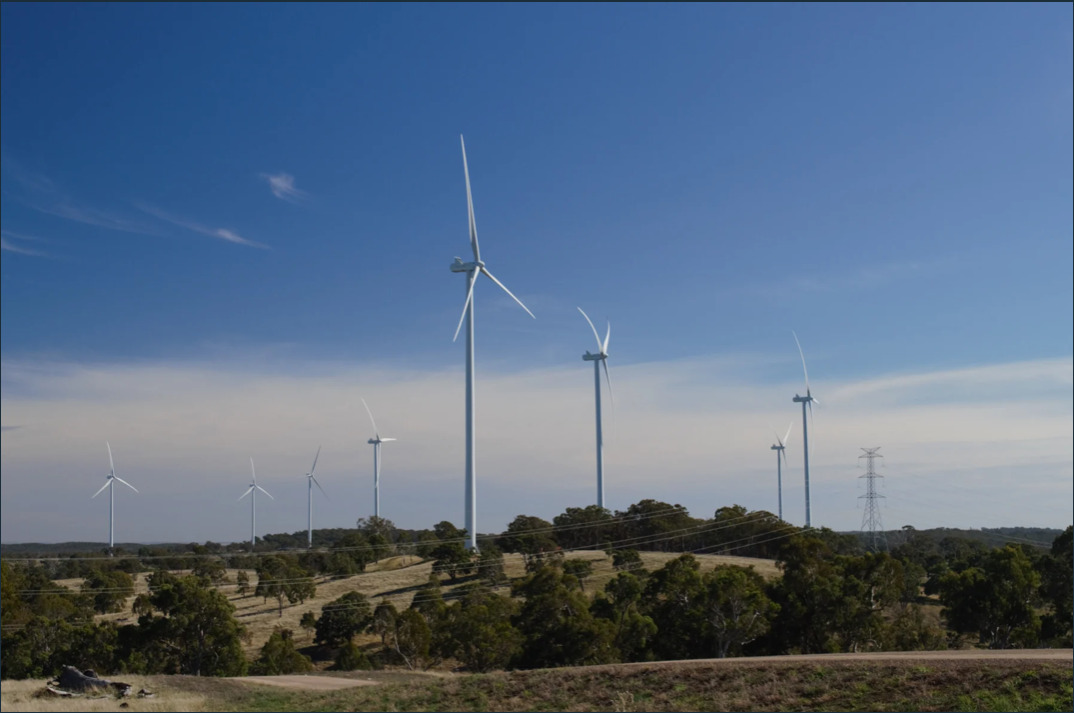
Photo: Image: City of Sydney
Sydney switches to 100 percent renewable energy
06 July 2020
by Sarah Wray
The City of Sydney in Australia is powering all its operations with 100 percent renewable electricity generated from wind and solar farms in the New South Wales (NSW) region.
This incorporates all city-owned properties, including approximately 115 buildings such as libraries, community halls and office buildings, 75 parks, five pools and 23,000 street lights, as well as the Sydney Town Hall.
The switch has been made through a ten-year power purchase agreement with Australian retailer Flow Power. Valued at over AUS$60 million (US$37 million), it is understood to be the biggest agreement of its kind by a council in Australia.
The move is forecast to save the City up to $AUS500,000 a year over the next decade and to reduce carbon emissions by around 20,000 tonnes a year. The new agreement is also expected to generate jobs, support communities impacted by the COVID-19 pandemic and create new opportunities in the drought-affected NSW area.
“We are in the middle of a climate emergency. If we are to reduce emissions and grow the green power sector, all levels of government must urgently transition to renewable energy,” said Sydney’s Lord Mayor, Clover Moore. “Cities are responsible for 70 percent of greenhouse gas emissions worldwide, so it is critical that we take effective and evidence-based climate actions.”
The City of Sydney became carbon-neutral in 2007 and was the first government in Australia to be certified carbon-neutral in 2011. Moore said the new deal will help Sydney reach its 2030 target of reducing emissions by 70 percent by 2024, six years early.
Selecting suppliers
Through the agreement, Sydney’s renewable energy comes from three different generators – the Bomen Solar Farm in Wagga Wagga, Sapphire Wind Farm near Inverell and the Shoalhaven Solar Farm in Nowra. Around three-quarters of the power will be wind-generated and the rest will be solar. Each farm is at a different stage of development, meaning the agreement will launch in stages, coming into full effect in 2021.
The City gave Flow Power specific criteria for selecting the renewable generators, including that they must be: located in NSW; able to achieve a combined 80 percent load matching (the process of buying energy from a generator when its output matches demand); and able to provide a price-capped product. The City also stipulated that the generators should include a demand-response option, which allows consumers to choose not to use electricity during times of high demand in exchange for lower rates or some other form of reward, and specified that at least one of the participating generators should be community-operated.

The Shoalhaven project is being developed by Flow Power in partnership with Repower Shoalhaven, a not-for-profit volunteer community enterprise that develops community solar projects. When finished, the three-megawatt solar farm will have around 10,000 panels and generate enough energy to power 1,500 homes.
Owned by the Australian-listed company Spark Infrastructure, the 120-megawatt Bomen Solar Farm has more than 310,000 solar panels on 250 hectares of land. It’s one of the first projects in Australia to use bi-facial panels that absorb sunlight on both sides, with tracking technology that shifts each panel throughout the day to capture the sun’s energy.
The Sapphire Wind Farm near Inverell is the largest wind farm in NSW, with a 270-megawatt capacity generated by 75 turbines.











